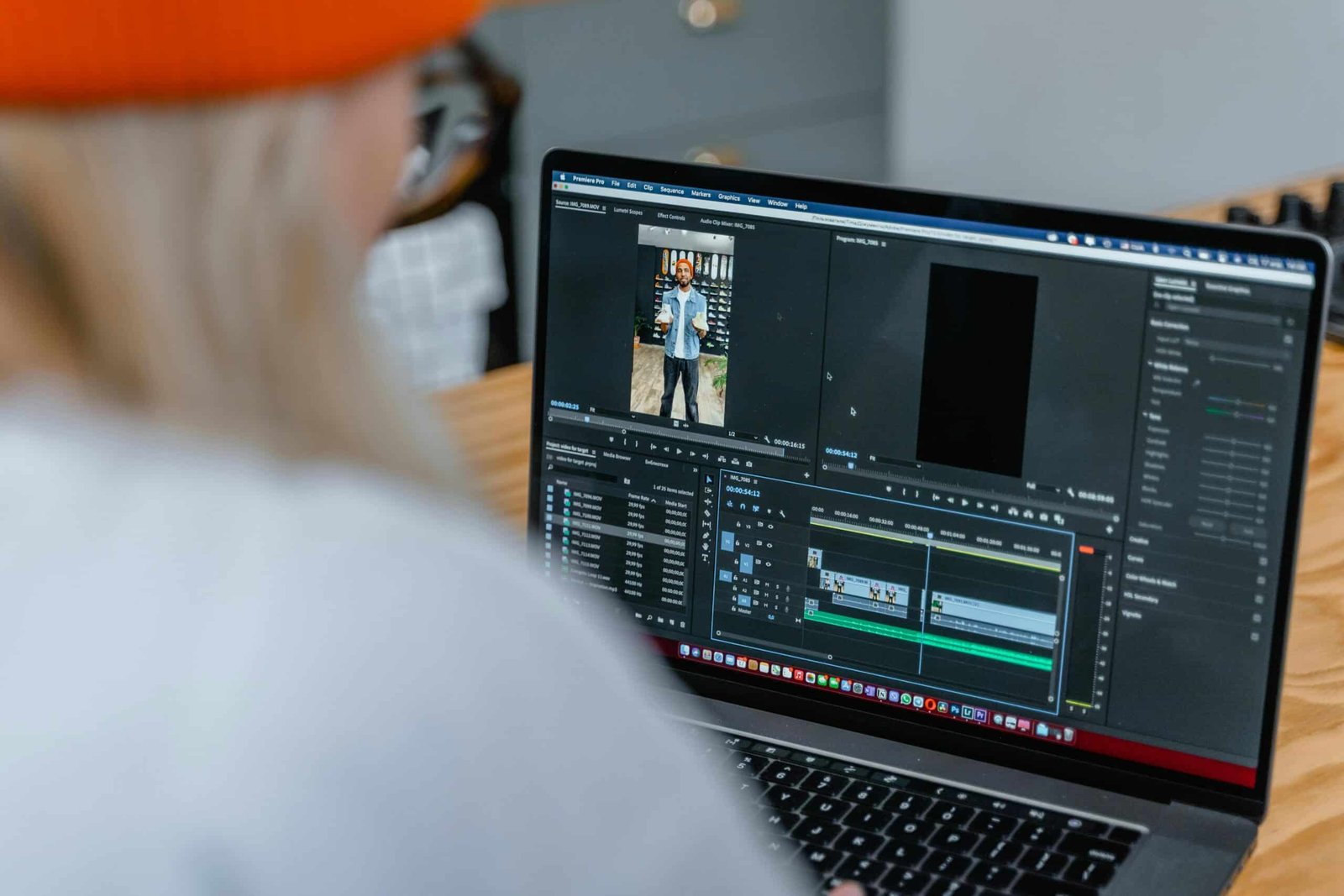Is your current laptop slowing down your editing workflow? Outdated machines can hold back your creativity, but today’s laptops combine powerful processors, dedicated graphics, and stunning displays that make video and photo editing faster and more enjoyable.
In this guide, we’ll break down the top laptops for editing, compare real-world performance, and highlight the features that truly matter—so you can invest in a machine that elevates your craft.
What Makes a Laptop Great for Editing?
Video and photo editing demand more than everyday computing power. To handle high-resolution footage and large image files smoothly, you’ll want a laptop with:
- Powerful CPU & GPU – for fast rendering, effects, and multitasking
- Plenty of RAM (16GB minimum) – for seamless editing without lag
- High-resolution, color-accurate display – for precise color grading and detail work
- Strong battery life – for long sessions away from a power outlet
- Good port selection – for connecting cameras, drives, and external monitors
Top Picks for Video & Photo Editing in 2025
Here’s how three popular models compare:
| Model | Key Feature | Battery Life |
| MacBook Pro 16-inch (M3 Pro) | 18-core GPU, Retina XDR display | Up to 15 hrs |
| Dell XPS 15 | Near-4K display, Intel i7 | ~8 hrs |
| Acer Nitro 5 | RTX 3050 Ti, 12-core Intel i5 | Shorter (varies by use) |
1. MacBook Pro 16-inch (M3 Pro)
The gold standard for professionals. With an 18-core GPU, 18GB unified memory, and a 3,456 x 2,234 Retina XDR display, it delivers incredible speed and clarity. Editors love its 15-hour battery life, which keeps projects moving without constant recharging.
2. Dell XPS 15
A strong Windows alternative. Its near-4K display and Intel i7 processor make it perfect for editors who want sharp visuals at a lower price than the MacBook Pro. Battery life is shorter, but performance is impressive for photo and video projects.
3. Acer Nitro 5
Best for budget-conscious editors. With an RTX 3050 Ti GPU and 12-core Intel i5, it handles editing tasks well. The trade-off? Lower battery endurance during heavy workloads. Still, it’s a solid entry-level choice under $1,000.
Why the Display Matters Most
When editing, your screen is your canvas. The right display ensures colors are true and details sharp.
Key specs to prioritize:
- Resolution: At least 4K (3,456 × 2,160 recommended)
- Color accuracy: 100% sRGB or higher coverage for precise grading
- Brightness: 500+ nits for visibility in all lighting conditions
- Refresh rate: Higher rates (120Hz–240Hz) help with smoother playback
- Panel technology:
- OLED – deeper blacks and vibrant colors
- IPS – consistent, wide viewing angles
Example: If you’re color-grading a wedding video, an OLED panel will reveal richer shadows in the bride’s dress and truer skin tones, ensuring your final edit looks professional across all screens.
Final Takeaway
The MacBook Pro 16-inch (M3 Pro) remains the top choice for serious editors, offering the best mix of speed, battery, and display quality. The Dell XPS 15 is an excellent Windows option, while the Acer Nitro 5 provides budget-friendly performance.
No matter your choice, focus on the specs that matter most—processor, GPU, RAM, and display—to ensure your laptop keeps up with your creative vision.
Quick FAQ
Q: What are the minimum specs for editing?
A: At least an Intel i7/Ryzen 7 processor, 16GB RAM, dedicated GPU, and a color-accurate 4K display.
Q: What’s the best editing laptop under $1,000?
A: The Acer Nitro 5, thanks to its strong GPU/CPU combo.
Q: How does the MacBook Pro M3 compare to Windows laptops?
A: It outperforms most in rendering speed and battery life, though it comes at a premium price.
Q: How much storage do I need?
A: Minimum 512GB SSD for current projects, plus external storage for backups.
Q: Can gaming laptops be used for editing?
A: Yes. Their powerful GPUs and high refresh displays work well for editing, though they’re often heavier and have shorter battery life.
Q: What ports are most useful?
A: Thunderbolt 4/USB-C, HDMI, SD card reader, and multiple USB ports.




